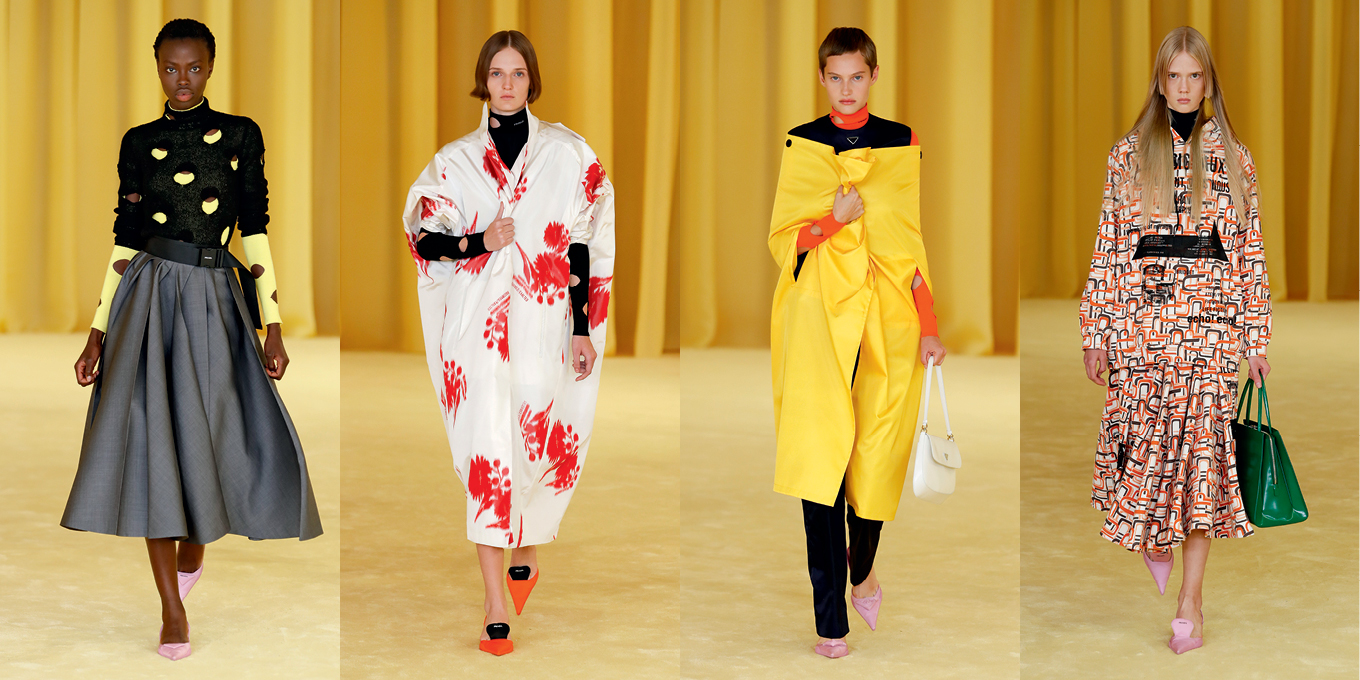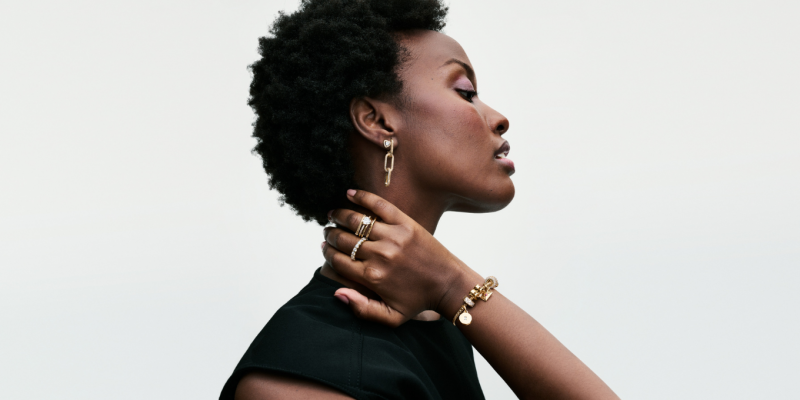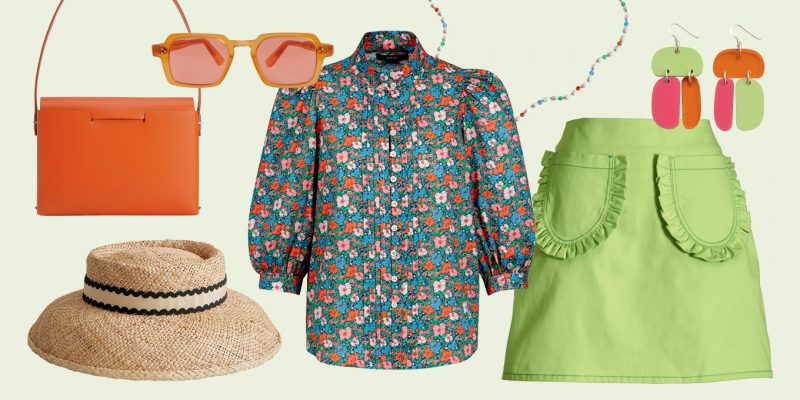Trends
Better Together: Miuccia Prada and Raf Simons Are Designing for the Future of Fashion
Miuccia Prada and Raf Simons—two bona fide greats in their own right—have joined forces as Prada’s co-creative directors beginning with the spring/summer 2021 season.

Imaxtree
Read Next

Fashion
Are Fashion Brands Getting Greener?
While the fashion industry is making a lot of noise about being more sustainable, a closer look shows that its earth-friendly commitments are often more illusion than reality.

Beauty
What Beauty Packaging Is Actually Sustainable?
We sought out leaders in the field to help us get to the bottom of the blue bin once and for all.

Fashion
This Jewellery Brand Has a Whole New Look And It’s Everything
Here are the seven pieces we’re coveting.





